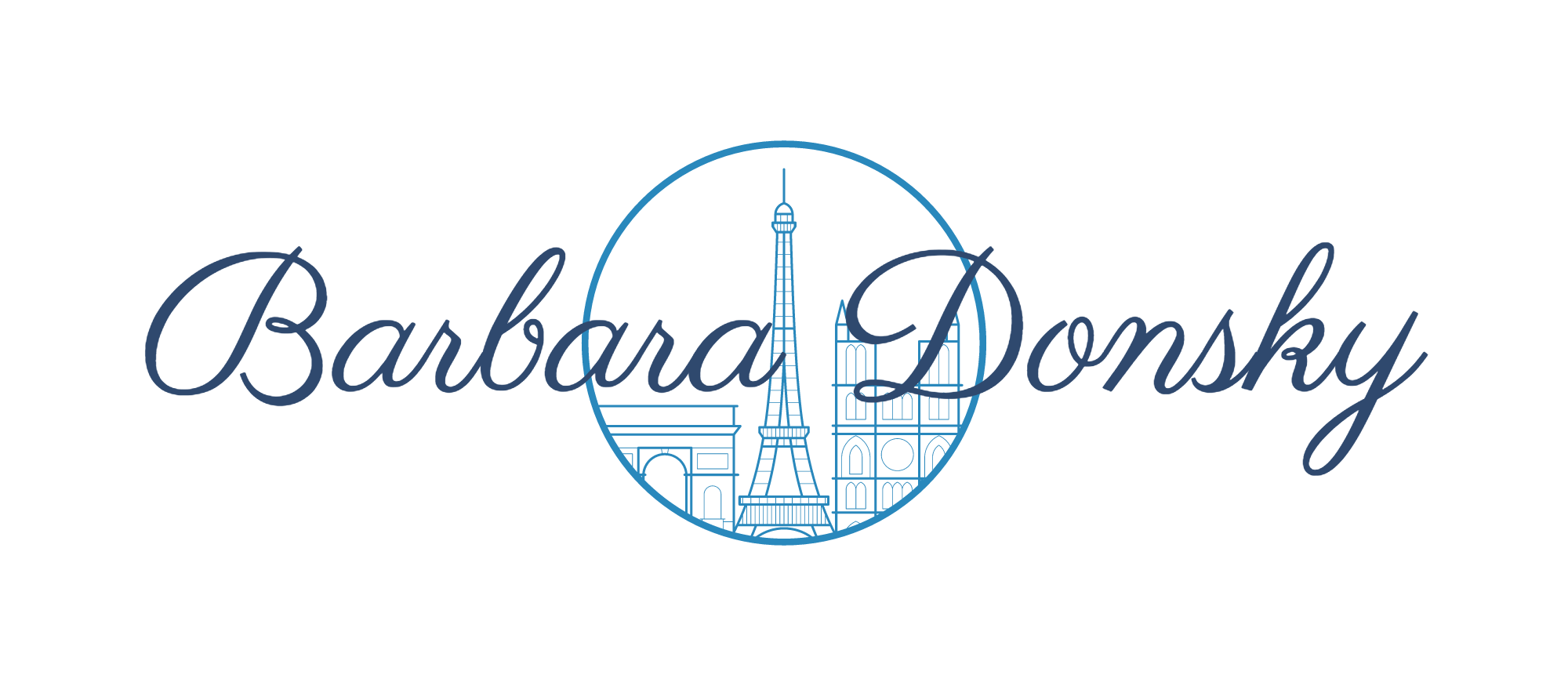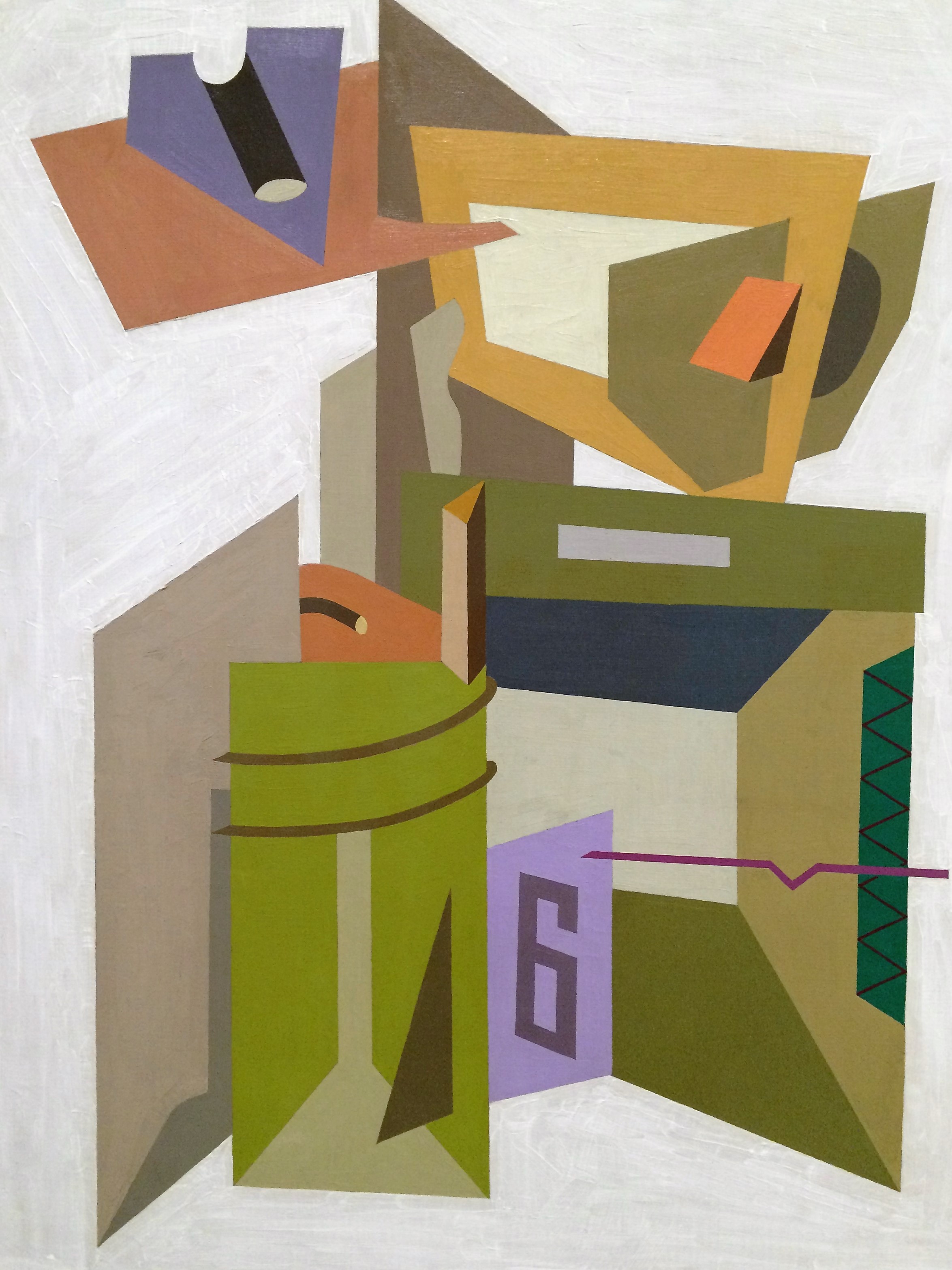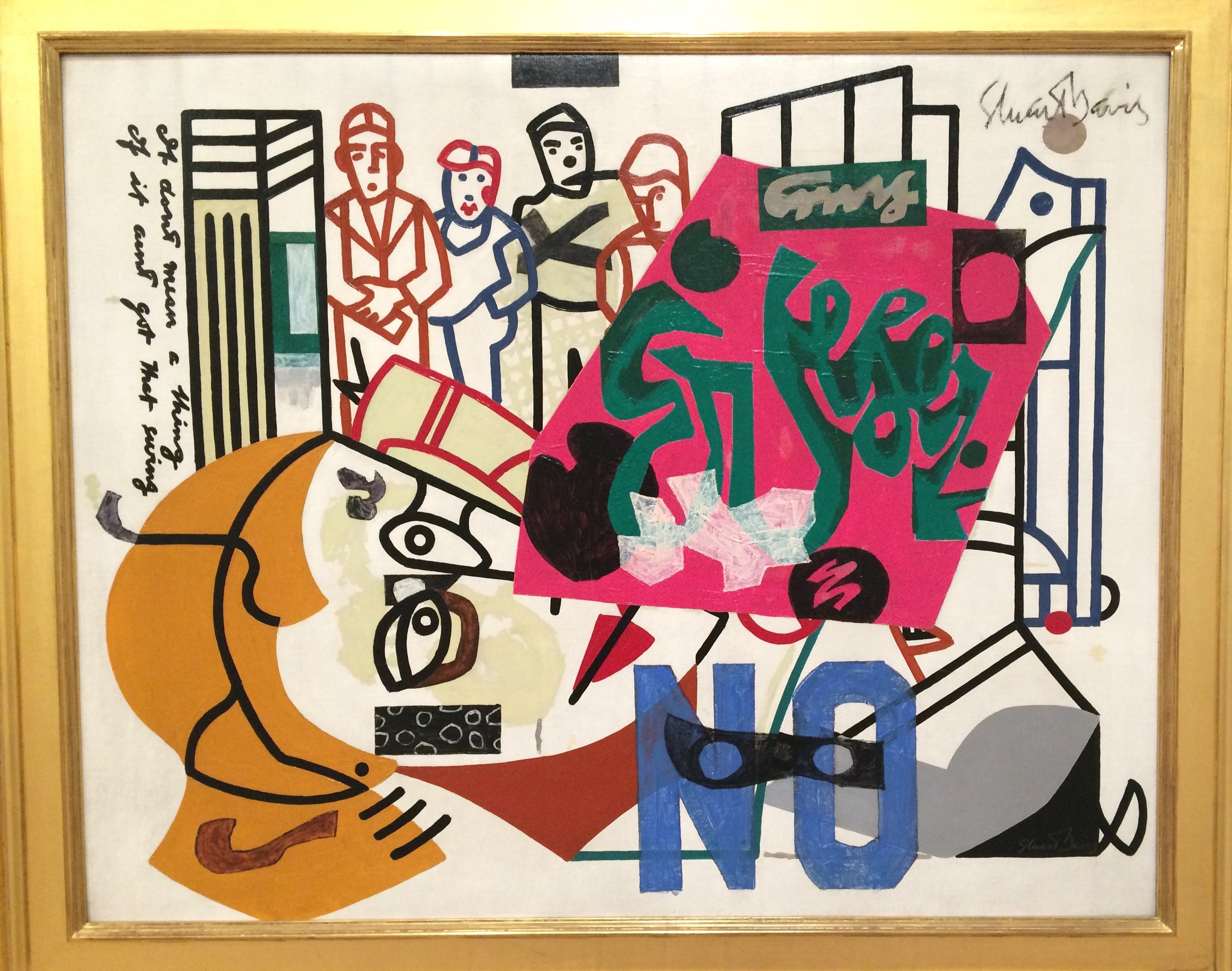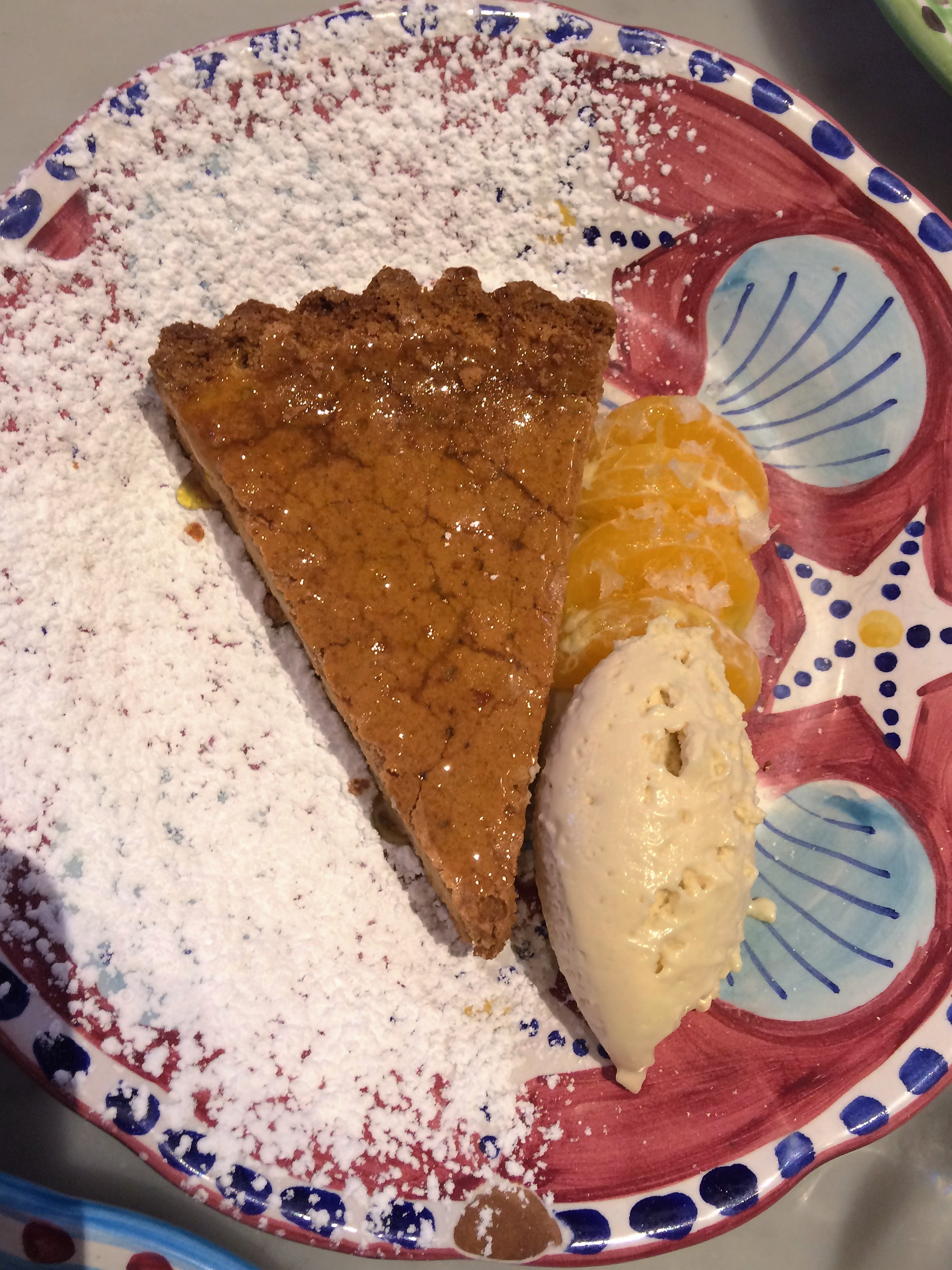Stuart Davis: A Seminal Year in Paris
Don’t delay, hurry on down before September 25th to see “Stuart Davis: In Full Swing,” a retrospective of more than 80 significant works by the American modernist painter on exhibition at the Whitney Museum of American Art.
What's the story?
At the age of 16, Davis talked his parents into letting him quit school and join a group of painters known as the Ashcan School, under the leadership of Robert Henri. Other notables in this group included Edward Hopper and George Bellows, both of whom have major works in the Whitney’s permanent collection. What was revolutionary about the Ashcan School was their subject matter—they painted the urban landscape of America, one bustling with millions of immigrants and stamped with grittiness and vitality.
Those Amazing Europeans
A few years later, Stuart Davis entered four of his Ashcan-style watercolors in the 1913 Armory Show in New York, a world-shattering exhibition that brought the radical works of Matisse, Picasso, Van Gogh and Gauguin to the attention of the Americans, many of whom promptly felt themselves markedly less ‘modern.’
Davis would say of this show that it was the ‘greatest single influence on his life,’ that it made him more determined than ever to be a ‘modern’ painter, a modern American painter, that is, tapping into the promise and spirit of America. His paintings are infused with the rhythms of city-life punctuated by jazz, vaudeville, advertising, billboards, signs, and the saloon.
From the avant-garde of the European movement, Davis embraced the bold colors and flat two-dimensional style common to Cubism and advertising, but took it a step further, and unlike Cubist works he used the entire canvas, border-to-border, to show the energy and movement of the city. When you look at the dynamic works by Stuart Davis, the eye moves continually from one element to another.
Paris Is Always A Good Idea
And then, thanks to a purchase of two of his paintings by Gertrude Vanderbilt Whitney—Davis had been a founding member and exhibitor of the Whitney Studio Club, the forerunner of the Whitney Museum—he would spend a seminal year in Paris. The year was 1928, and if you look carefully, you will find the '28 in the upper left corner of the topmost painting.
The Paris pictures are geometric, abstract canvases draped with easily recognizable signs, shutters, gates and a variety of French touches. Upon returning to the United States, Davis continued working in this mode on his New York and Gloucester canvases, imbuing them with the trademarks of life in America—from salt & pepper shakers to Champion batteries.
A master colorist, he was able to reuse the same geometric shapes but, by varying his choice of color, achieve markedly different effects. In later years, he restricted himself to using reds, greens, chrome-yellows and splashes of black which, if anything, increased the vitality and power of his paintings. Don’t miss the exhibit.
Hot, hot, Hot
And when you're in this part of town don't miss having lunch at Santina. Abutting the museum, at the corner near the entrance to the High Line is the restaurant with glass walls, fanciful Murano chandeliers, palm trees, and a lively crowd. What do others say about it? "Like summer on Capri." This Meatpacking Italian "evokes an island off Italy."
A new offering from the Torrisi group (who has also taken over the space in the Seagram's Building formerly occupied by the legendary Four Seasons), Santina's menu is innovative and superb: Tuscan chickpea pancakes, served with a choice of accompaniments such as Salmon Affumicato, a smoked salmon with mascara; a spicy tuna tartare; a truffle egg salad; or an avocado Trapanese with tomatoes and almond paste. All of them mouth-watering, all of them divine. And what’s more -- this is unbelievable -- all of the items on the menu, including the pastas, are gluten-free. Is that possible? Our waiter assured me it was.
I settled in with a glass of rosé, 'My Essential Provence,’ while my friend went with a dry Verdicchio San Lorenzo from the Marche. So relaxed were we that I forgot to take a few photos until the end of the meal, when a soul-satisfying ‘grandmother’s cake’ and the most ambrosial espresso ever came to the table. I have always loved the 'grandmother's cake' but you don't often find it on a menu. It was a treat, see for yourself. And I wish you could have seen my friend's face when the bill arrived! Zagat gives it $$$, pricey but not outrageously so.
Bon week-end mes amis et à bientôt… See you after Labor Day, when I’ll have the coffee brewing.
PS: If you would like to leave a comment, I'd love to hear from you! All you need do is click on Comments. By the way, if you leave your email, we'll send you alerts when new posts become available. Merci beaucoup. Until we meet again, may life be good to you.







